
Video “About Us”
Watch this video to learn more about Sewell & Kettle Lawyers.

Watch this video to learn more about Sewell & Kettle Lawyers.
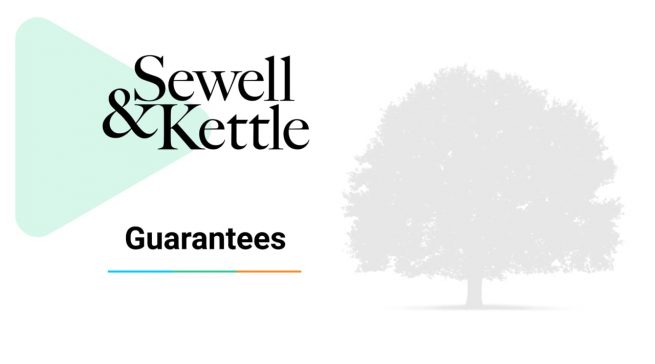
My firm offers eight guarantees and stands by these guarantees to assure our new clients that we know what we’re doing and that we will give them the best possible service.

Independence – explained. Firm Principal Ben Sewell takes you through an explanation of why independence is important to our clients
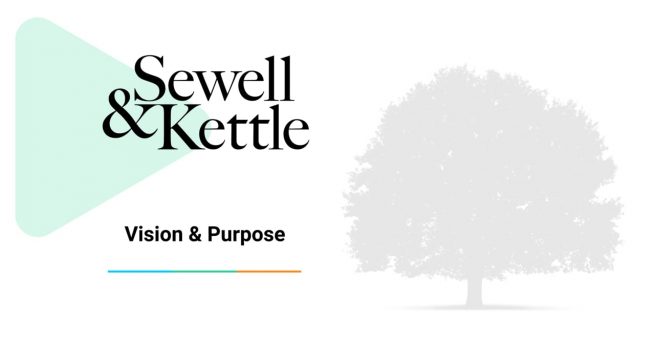
Vision and purpose – explained. Firm Principal Ben Sewell takes you through an explanation of our vision and purpose

Sewell & Kettle Lawyers’ Principal, Ben Sewell, takes you through an explanation of where we come from and our strategic direction.
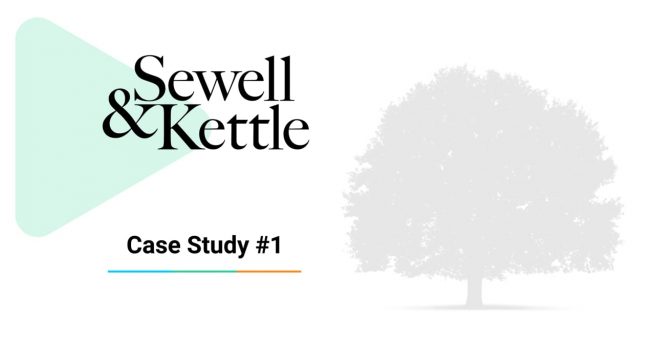
Watch our Principal, Ben Sewell, explain how we helped this client.
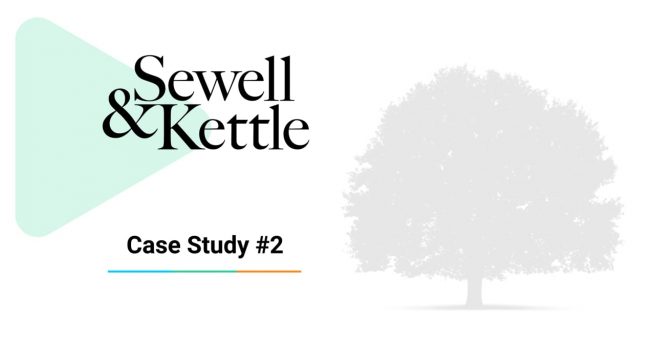
Poor financial management led to solvency issues for this passionate businessman.
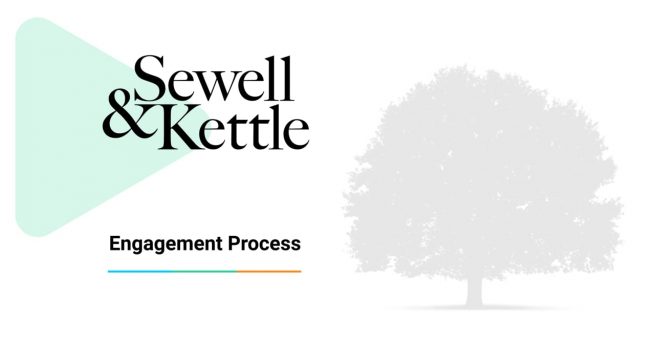
We have a set engagement process to ensure that we understand exactly what your matter requires before we agree to act for you.
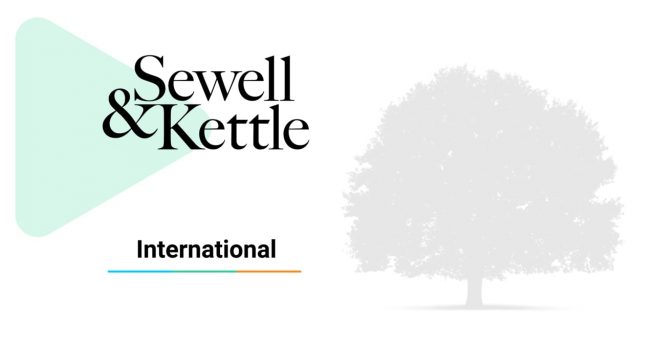
Sewell & Kettle Lawyers has developed a unique international practice from its Sydney office. The firm delivers global litigation, asset recovery, and intermediary incorporation and agency services for Australian and international clients.
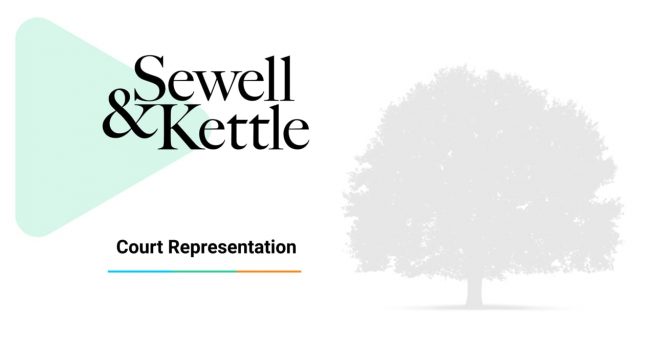
We represent our clients in all Australian courts as well as arbitration and mediation forums. We act in complex litigation for both plaintiffs and defendants. Firm Principal Ben Sewell takes you through an explanation of court representation services.
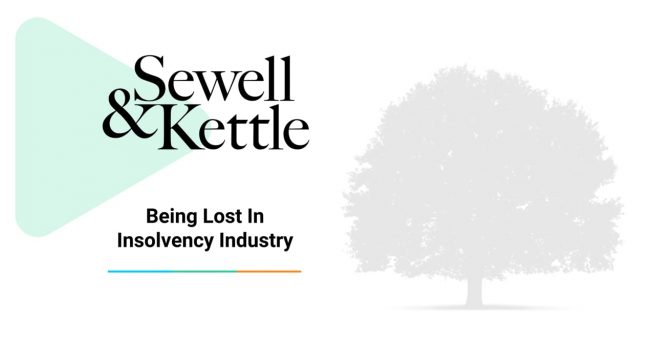
Firm Principal Ben Sewell takes you through an explanation of who gets lost in the insolvency industry and why
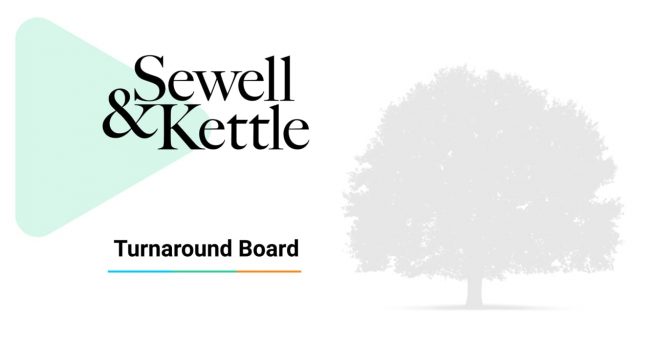
The ‘turnaround board’ is a concept that is aimed at empowering SME business owners to continue to grow.
Firm Principal Ben Sewell takes you through an explanation of turnaround boards